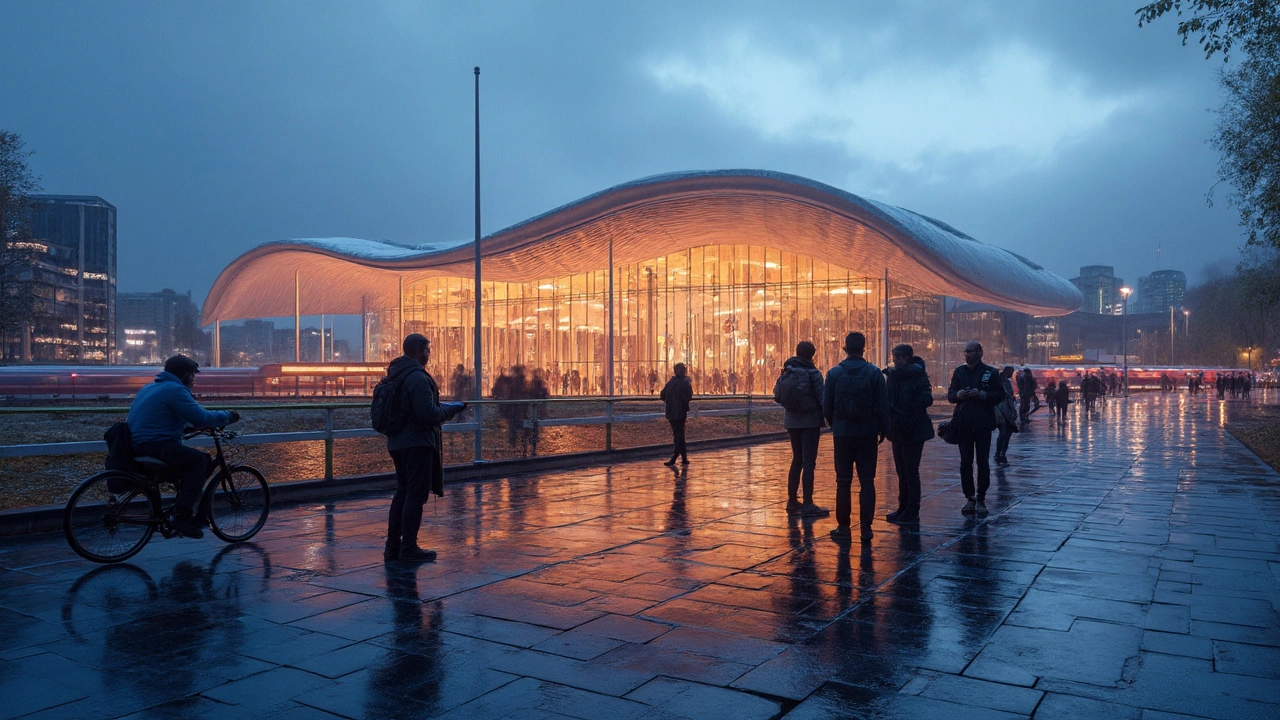Technologically Advanced Architecture: How Tech Is Changing the Way We Build
If you walk past a new office tower and notice glass that tints on its own or walls that generate power, you’re seeing tech in action. These features aren’t sci‑fi tricks; they’re real tools architects use to make buildings smarter, greener, and more comfortable.
Smart Materials & Sensors
One of the biggest shifts is the rise of smart materials. Think concrete that heals cracks or facade panels that adjust transparency based on sunlight. Sensors embedded in walls monitor temperature, humidity, and even occupancy. The data they collect lets building managers cut energy use by heating only occupied zones.
For homeowners, the same tech shows up as heated floors you can control from your phone, or windows that open automatically when indoor CO₂ spikes. Installing a few sensors can give you real‑time feedback on where you’re wasting power and how to fix it.
Digital Design & AI
Design software has gone beyond drawing lines. Parametric tools let architects set performance goals—like daylight levels or structural weight—and the program generates dozens of design options that meet those targets. AI can even suggest material combos that reduce cost while boosting durability.
If you’re curious about trying this yourself, start with free 3D modeling apps that include basic parametric features. Play with a simple house shape, tell the software to keep ceiling heights under 9 feet, and watch it propose smarter layouts instantly.
Beyond design, construction is getting digital too. Drones scan sites for errors before they become costly fixes, while robots lay bricks with centimeter precision. This reduces waste and speeds up timelines, meaning you can move into a new space faster.
What does all this mean for everyday users? Buildings become healthier places to live—air quality sensors catch pollutants early, and automated shading cuts glare without you lifting a finger. Energy bills drop because systems only run when needed.
To benefit from these advances, start small. Upgrade lighting to LED fixtures paired with motion sensors, add a smart thermostat, or install a solar‑powered charger for devices. Each step builds habit and prepares you for bigger upgrades down the line.
Architects also use virtual reality (VR) to walk clients through unfinished projects. You can put on a headset and experience how natural light will look at different times of day before any concrete is poured. This helps avoid costly redesigns later.
When you plan a renovation, ask the contractor about BIM (Building Information Modeling). BIM creates a digital twin of the building that tracks every component—from plumbing to insulation—making future maintenance easier.
In short, technology is turning architecture from static construction into an ongoing service. Buildings now learn, adapt, and even repair themselves. Embracing these tools means better comfort, lower costs, and a smaller environmental footprint.
Ready to see tech in action? Visit local showcase projects, follow architects who share their process on social media, or simply start swapping out one outdated system for a smarter alternative today.

What Is Neo‑Futurism? Principles, Examples, and a Practical Design Guide for 2025
Clear guide to Neo-Futurism in 2025: core principles, real examples, actionable steps, metrics, and a checklist for architects, planners, and curious readers.
Read more